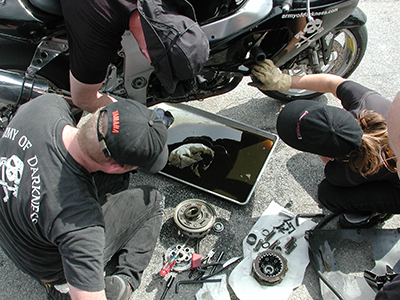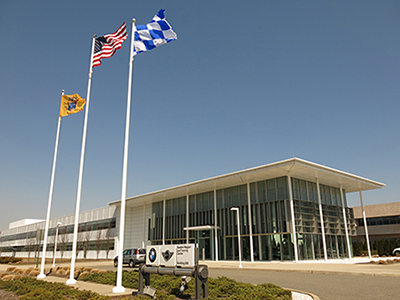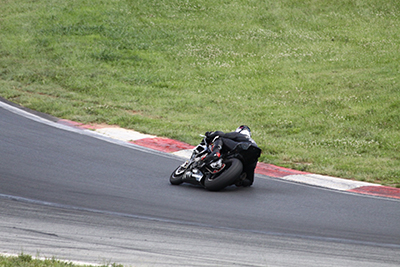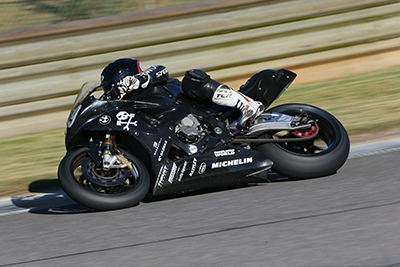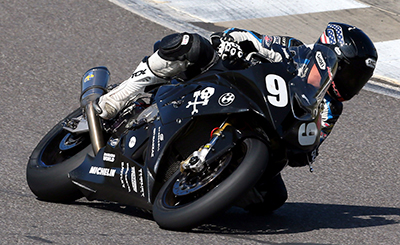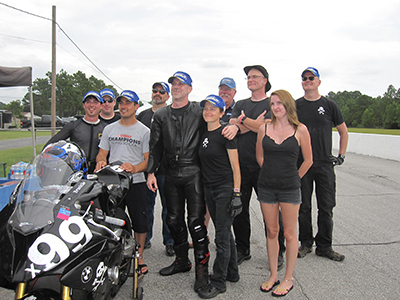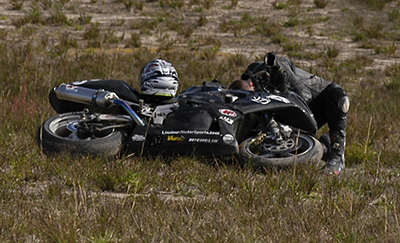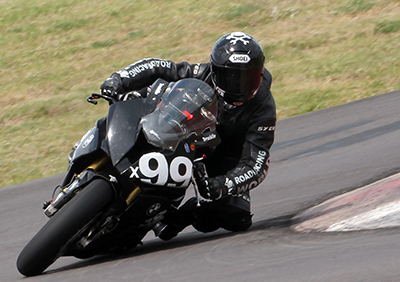Part One – Garage and Tools
The following is part of a series of articles authored by Melissa Berkoff (certified motorcycle mechanic and endurance mechanic and rider), Tim Gooding (crew chief) and Sam Fleming (rider and team captain) of the Army Of Darkness endurance team. Army Of Darkness has won seven national WERA Middleweight Endurance titles and has been racing motorbikes since 1989. These articles explain the what, where, how and why of building a competitive race bike from a stock street bike. There are many ways of performing most of these tasks and the authors are conveying their personal methods and practices without purporting these to be the only proper methods and practices. Similar articles were published in 2003. All photos are supplied by the Army Of Darkness-Ministry of Information unless otherwise noted.
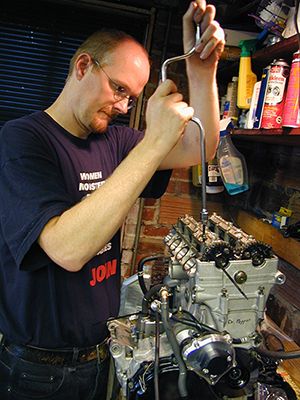 This kitchen counter turned engine bench was practically
This kitchen counter turned engine bench was practically
made for an engine builder of Tim’s stature.

